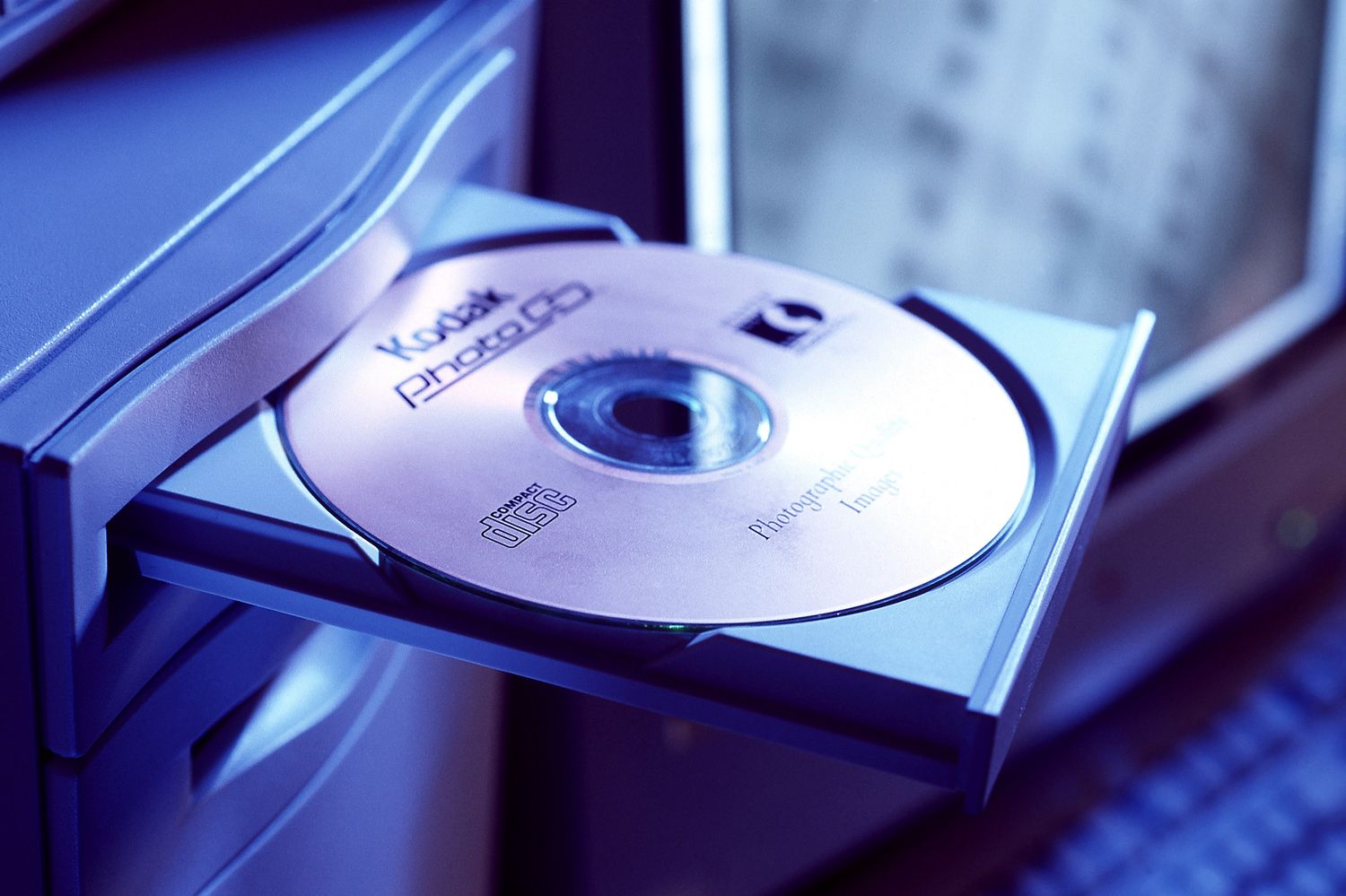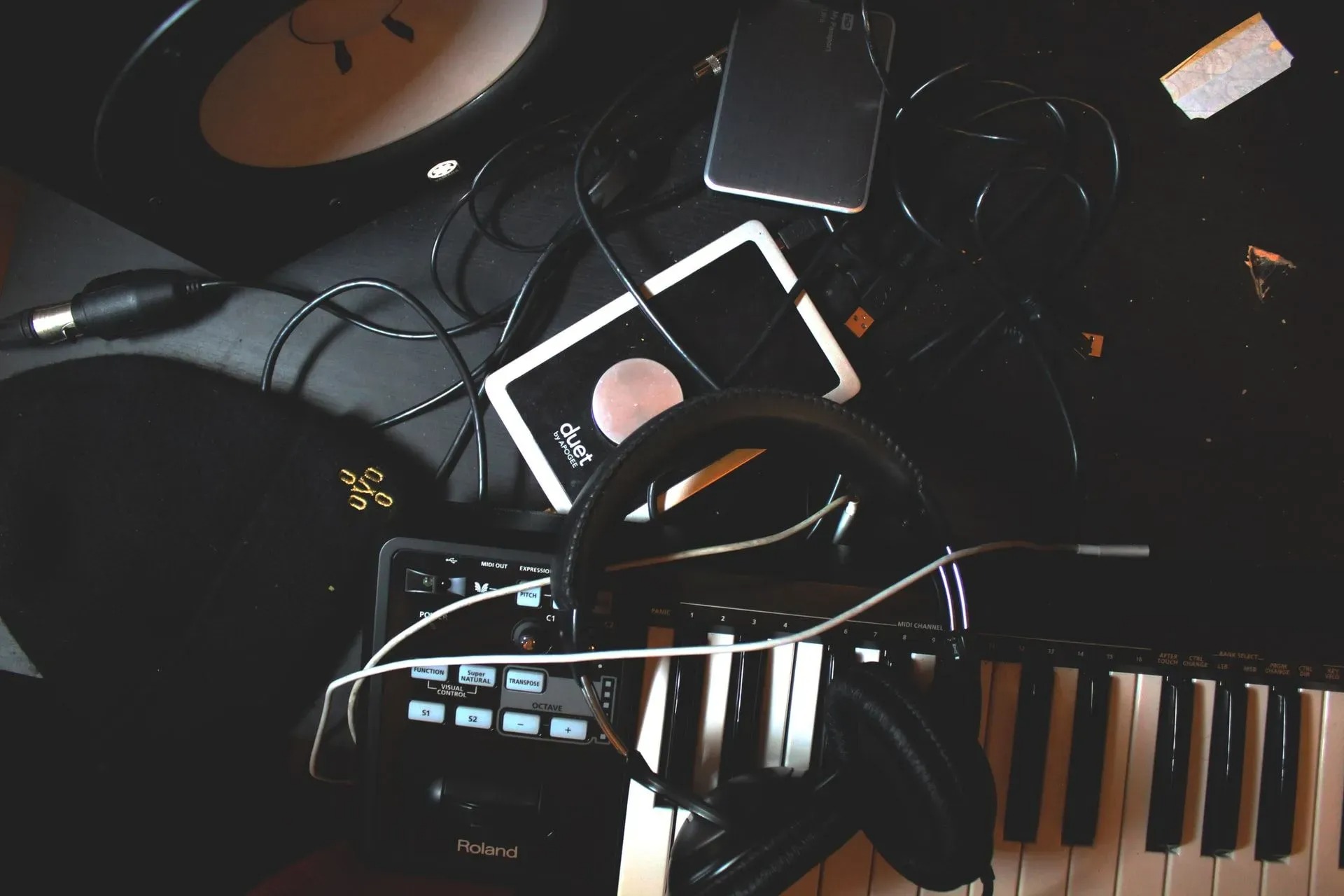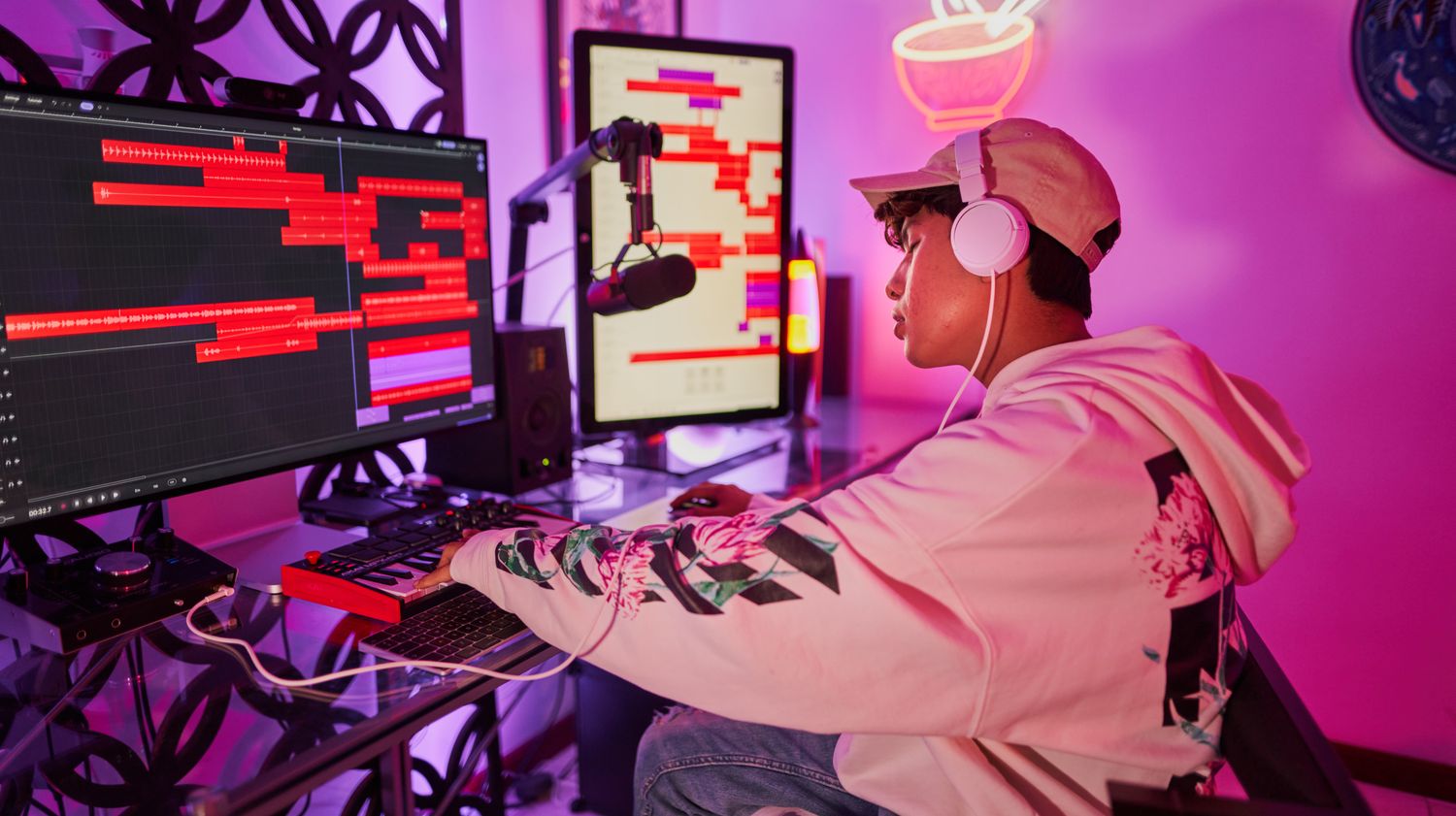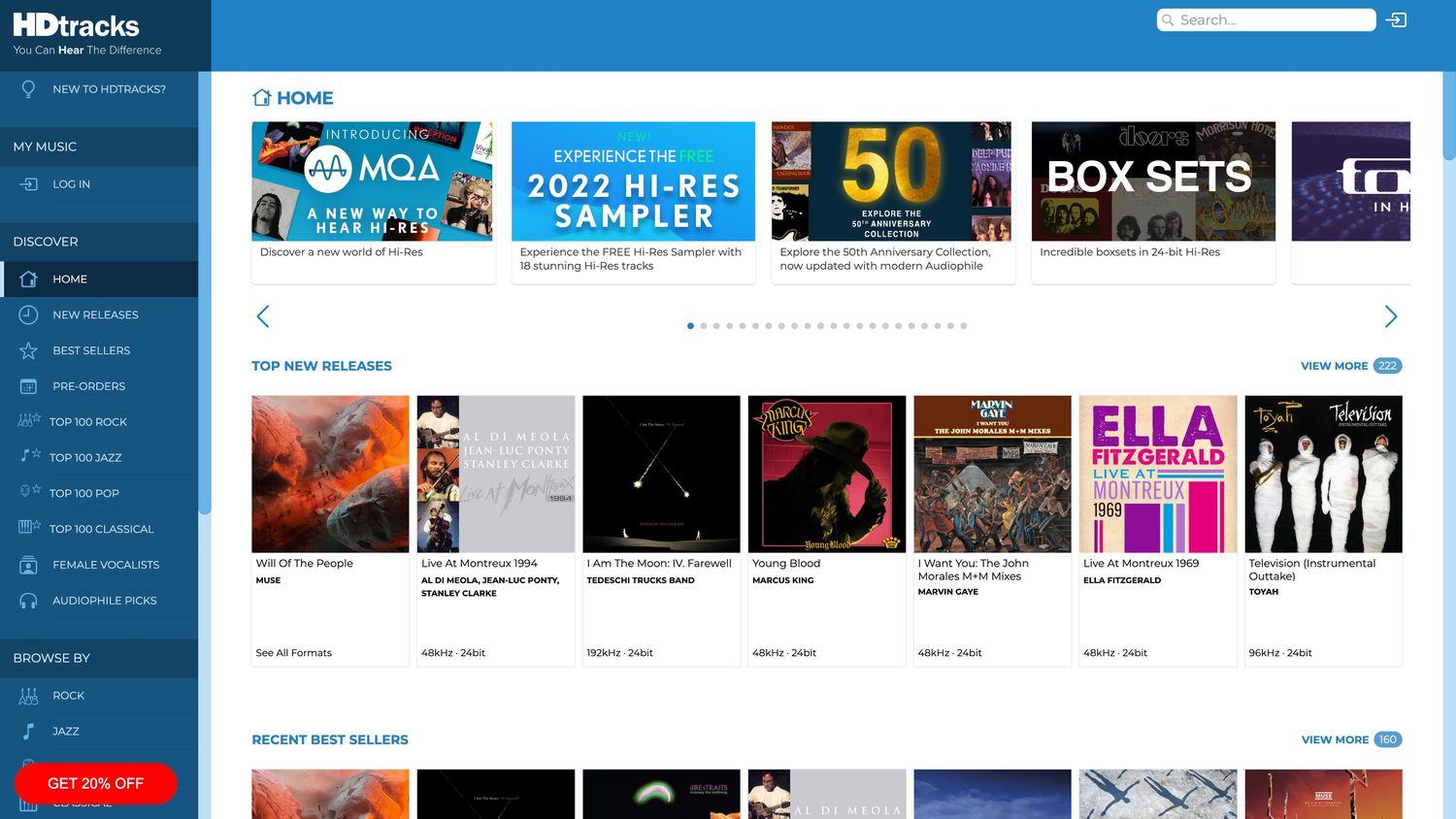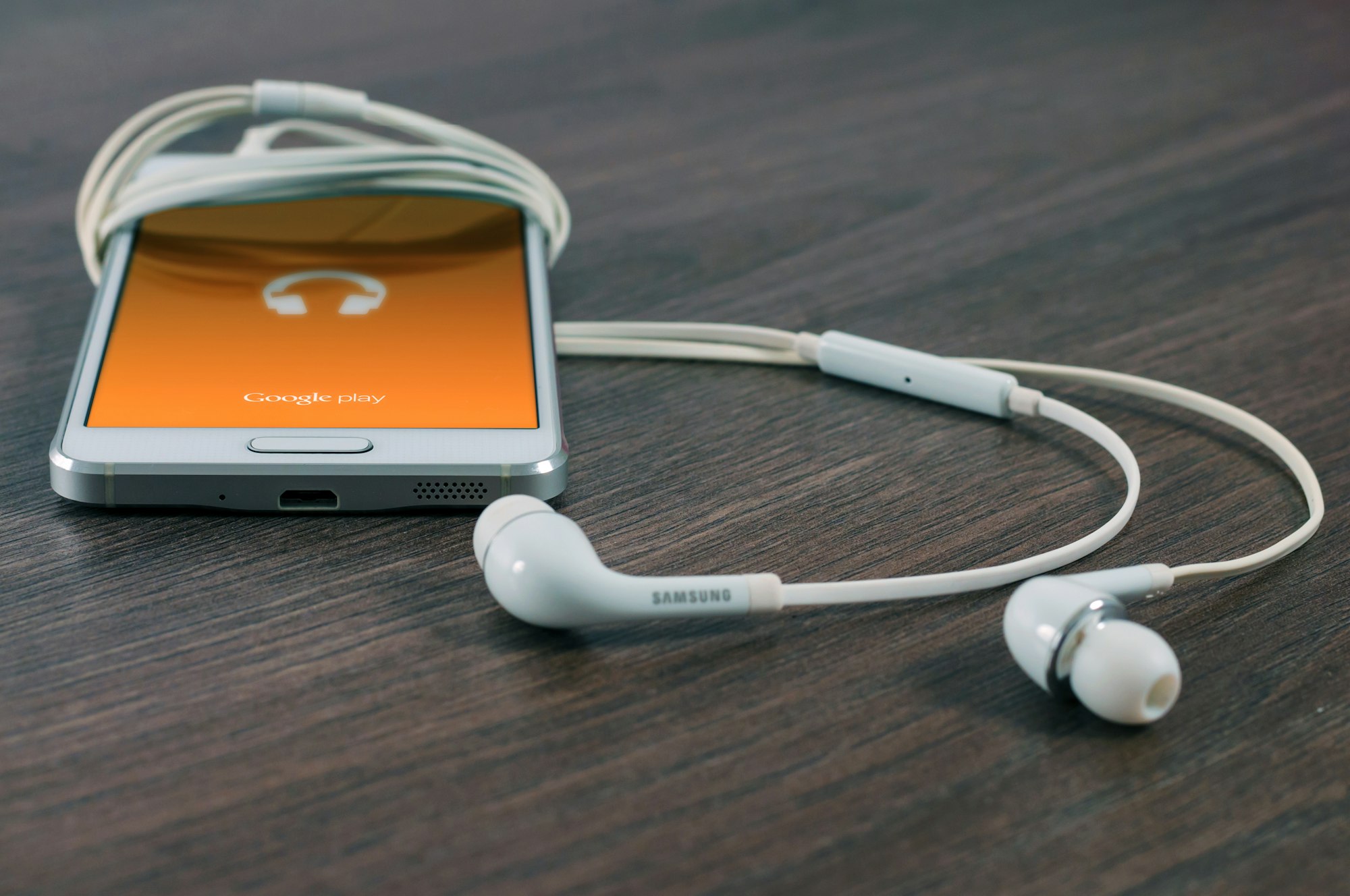Home>Production & Technology>Digital>When Is A Digital Work Copyrighted Music
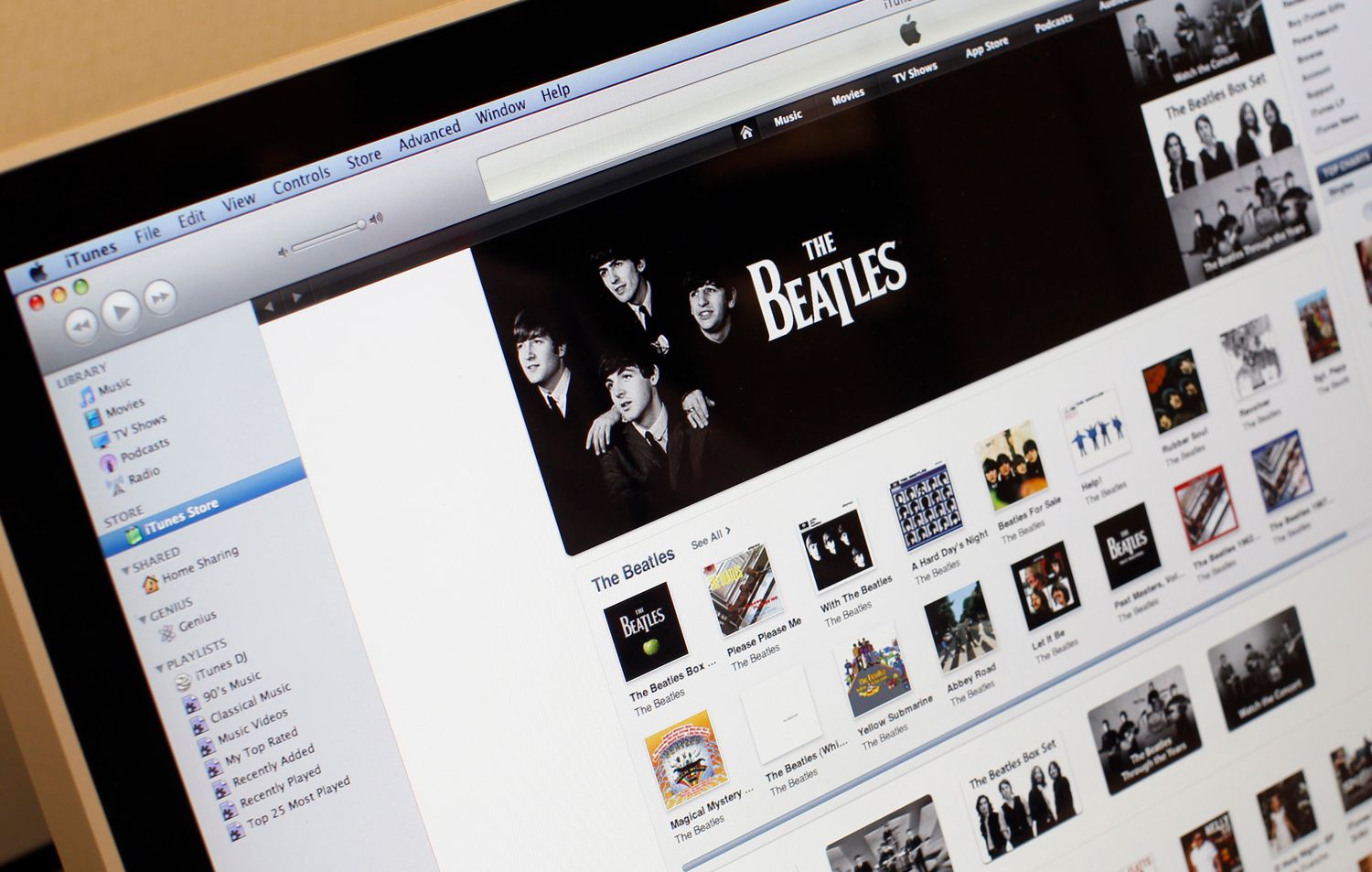

Digital
When Is A Digital Work Copyrighted Music
Published: March 9, 2024
Learn about the copyright laws surrounding digital works, including music, and understand when a digital work is considered copyrighted. Explore the implications for creators and consumers.
(Many of the links in this article redirect to a specific reviewed product. Your purchase of these products through affiliate links helps to generate commission for AudioLover.com, at no extra cost. Learn more)
Table of Contents
Introduction
In today's digital age, the creation and distribution of artistic works have undergone a profound transformation. With the advent of digital technology, the boundaries of creativity have expanded, enabling artists to produce and share their work in unprecedented ways. However, this digital landscape has also raised complex legal questions, particularly concerning copyright protection for digital works, such as music.
As the digital realm continues to evolve, it's crucial for creators and consumers alike to understand the intricacies of copyright law as it pertains to digital works. This knowledge not only safeguards the rights of creators but also ensures that consumers can enjoy digital content within the bounds of legal and ethical standards.
In this article, we will delve into the realm of digital copyright, with a specific focus on music. We will explore the fundamental principles of copyright law, examine how these principles apply to digital works, and address the pivotal question: when does a digital work, particularly music, become copyrighted?
By gaining a comprehensive understanding of these concepts, creators can protect their artistic endeavors, while consumers can navigate the digital landscape with clarity and respect for intellectual property rights. Let's embark on this journey to unravel the complexities of digital copyright and shed light on the pivotal issue of copyright protection for digital music.
Understanding Copyright Law
Copyright law serves as the bedrock of intellectual property protection, safeguarding the rights of creators and fostering a climate of innovation. At its core, copyright law grants creators exclusive rights to their original works, preventing unauthorized use or reproduction by others. This legal framework applies to a diverse array of creative expressions, including literature, art, and, notably, music.
The fundamental principle of copyright law is to bestow creators with the exclusive right to reproduce, distribute, perform, and display their works. This means that the creator of a musical composition holds the sole authority to determine how their music is utilized, whether it's through public performances, recordings, or digital distribution. These exclusive rights form the cornerstone of copyright protection, empowering creators to control the commercialization and dissemination of their artistic endeavors.
Moreover, copyright protection is not contingent upon registration; rather, it is automatically conferred upon the creation of an original work. This means that as soon as a musical composition is fixed in a tangible form, such as a recording or sheet music, it is inherently protected by copyright law. This inherent protection extends to digital works, encompassing music distributed in digital formats, streamed online, or disseminated through digital platforms.
In essence, copyright law provides creators with the legal framework to safeguard their creative output, ensuring that their musical compositions are shielded from unauthorized exploitation. This protection is vital in fostering a climate of artistic innovation, as it incentivizes creators to produce new works without fear of infringement.
Furthermore, copyright law strikes a delicate balance between the rights of creators and the interests of the public. While creators are granted exclusive rights to their works, copyright law also incorporates provisions for fair use, enabling limited use of copyrighted material for purposes such as criticism, commentary, and education. This equilibrium between creator rights and public interest underscores the nuanced nature of copyright law, emphasizing its role as a mechanism for both protection and access.
In the digital age, copyright law has adapted to address the unique challenges posed by digital works, including music. The proliferation of digital platforms and the ease of digital reproduction have necessitated the evolution of copyright law to encompass these new frontiers of creativity. As such, understanding copyright law in the context of digital works is paramount for creators and consumers alike, as it delineates the rights and responsibilities inherent in the digital dissemination of music and other creative expressions.
Digital Works and Copyright
In the realm of intellectual property, the advent of digital technology has ushered in a new era of creativity and dissemination. Digital works, encompassing a broad spectrum of artistic expressions, have redefined the landscape of copyright protection, presenting both opportunities and challenges in the realm of intellectual property law. From music compositions to visual art and literary works, the digital domain has become a fertile ground for innovation, prompting a reevaluation of traditional copyright paradigms.
Digital works, including music distributed in digital formats, streamed online, or disseminated through digital platforms, have necessitated a reexamination of copyright law to address the unique attributes of digital creativity. Unlike traditional forms of artistic expression, digital works are inherently malleable, capable of being effortlessly reproduced, shared, and manipulated with unprecedented ease. This inherent fluidity poses intricate questions regarding the protection and regulation of digital works within the framework of copyright law.
One of the defining characteristics of digital works is their intangible nature. Unlike physical manifestations of creative output, such as printed books or vinyl records, digital works exist in a realm of virtuality, transcending the constraints of physicality. This intangibility presents a distinctive challenge in delineating the boundaries of copyright protection, as digital works can be replicated and disseminated across global networks with remarkable swiftness and ubiquity.
Moreover, the digital landscape has engendered novel modes of creative expression, blurring the lines between traditional artistic mediums and digital innovation. From interactive multimedia installations to algorithmically generated music, digital works have expanded the horizons of artistic ingenuity, prompting a reevaluation of copyright law to accommodate these avant-garde forms of expression.
In the context of music, the digital paradigm has revolutionized the creation, distribution, and consumption of musical compositions. Digital audio formats, online streaming platforms, and algorithm-driven music recommendation systems have reshaped the music industry, presenting a myriad of opportunities for artists to reach global audiences. However, this digital renaissance has also underscored the imperative of fortifying copyright protection for musical works in the digital domain, ensuring that creators retain control over their compositions amidst the fluidity of digital dissemination.
As digital works continue to proliferate and redefine the contours of artistic expression, the intersection of digital creativity and copyright law remains a dynamic and evolving frontier. Navigating this terrain necessitates a nuanced understanding of the intricate interplay between digital innovation and intellectual property rights, underscoring the imperative of adapting copyright law to harmonize with the complexities of the digital age. In essence, the realm of digital works and copyright stands as a testament to the resilience and adaptability of intellectual property law in the face of technological metamorphosis.
When Does a Digital Work Become Copyrighted Music?
The journey from the inception of a musical composition to its attainment of copyright protection is a pivotal trajectory that underscores the legal and creative dimensions of music production. In the realm of copyright law, a digital work, particularly music, becomes copyrighted upon its fixation in a tangible form. This critical juncture marks the crystallization of the musical composition into a concrete medium, thereby triggering the mantle of copyright protection.
The process of fixation, which denotes the embodiment of a musical composition in a tangible form, is the linchpin of copyright protection. This tangible form can encompass a diverse array of mediums, including digital recordings, sheet music, or even digital notation software. Once a musical composition is fixed in a tangible form, it is deemed to be copyrighted, thereby conferring upon the creator the exclusive rights inherent in copyright protection.
In the digital domain, the fixation of a musical composition takes on multifaceted dimensions, reflecting the diverse modalities of music production and dissemination. From digital audio recordings to notated compositions in digital formats, the digital realm offers a myriad of avenues for fixing musical works in tangible forms. Moreover, the advent of digital platforms for music distribution and streaming has further expanded the horizons of fixation, enabling creators to imbue their musical compositions with copyright protection in the digital domain.
Furthermore, the concept of fixation in the digital context extends beyond traditional notions of tangible mediums, encompassing ephemeral manifestations of musical works in the digital sphere. For instance, a live performance of a musical composition, when digitally recorded or streamed, constitutes a form of fixation that triggers copyright protection. This dynamic interplay between live performances and digital fixation underscores the adaptability of copyright law to the nuances of digital creativity.
In essence, the moment a musical composition is fixed in a tangible form, whether in the analog or digital realm, it becomes copyrighted, thereby entitling the creator to the exclusive rights enshrined in copyright law. This pivotal juncture not only safeguards the rights of creators but also fosters a climate of artistic innovation, ensuring that musical compositions, whether in traditional or digital formats, are shielded from unauthorized exploitation.
The evolution of digital technology has engendered a renaissance of creativity in the realm of music, prompting a reevaluation of copyright law to accommodate the intricacies of digital works. By comprehending the pivotal threshold at which a digital work becomes copyrighted music, creators and consumers alike can navigate the digital landscape with clarity and respect for the rights and responsibilities inherent in the realm of digital copyright.
Conclusion
In the ever-evolving tapestry of digital creativity and copyright law, the realm of digital works, particularly music, stands as a testament to the resilience and adaptability of intellectual property rights in the face of technological metamorphosis. As we traverse the intricate terrain of digital copyright, it becomes evident that the protection and regulation of digital works are pivotal in fostering a climate of artistic innovation while safeguarding the rights of creators.
The journey from the genesis of a musical composition to its attainment of copyright protection underscores the legal and creative dimensions of music production. The pivotal juncture at which a digital work, specifically music, becomes copyrighted lies in its fixation in a tangible form. This critical threshold marks the crystallization of the musical composition into a concrete medium, thereby triggering the mantle of copyright protection. Whether in the analog or digital realm, the moment a musical composition is fixed in a tangible form, it becomes copyrighted, entitling the creator to the exclusive rights enshrined in copyright law.
The digital landscape has redefined the contours of artistic expression, presenting both opportunities and challenges in the realm of intellectual property law. Digital works, including music distributed in digital formats, streamed online, or disseminated through digital platforms, have necessitated a reexamination of copyright law to address the unique attributes of digital creativity. The intangible nature of digital works, their malleability, and the novel modes of creative expression they encompass have prompted a reevaluation of traditional copyright paradigms to accommodate these avant-garde forms of expression.
Furthermore, the digital renaissance in music production and dissemination has underscored the imperative of fortifying copyright protection for musical works in the digital domain. The proliferation of digital audio formats, online streaming platforms, and algorithm-driven music recommendation systems has reshaped the music industry, presenting a myriad of opportunities for artists to reach global audiences. However, this digital renaissance has also highlighted the need to ensure that creators retain control over their compositions amidst the fluidity of digital dissemination.
As we navigate the dynamic intersection of digital creativity and copyright law, it is imperative for creators and consumers alike to comprehend the intricate interplay between digital innovation and intellectual property rights. By gaining a comprehensive understanding of the complexities of digital copyright, creators can protect their artistic endeavors, while consumers can engage with digital content within the bounds of legal and ethical standards.
In essence, the realm of digital works and copyright epitomizes the adaptability of intellectual property law in the face of technological evolution. By embracing the nuances of digital creativity and fortifying copyright protection for digital works, we can foster a climate of innovation that harmonizes with the complexities of the digital age, ensuring that creators and consumers alike can partake in the digital renaissance with clarity and respect for intellectual property rights.



